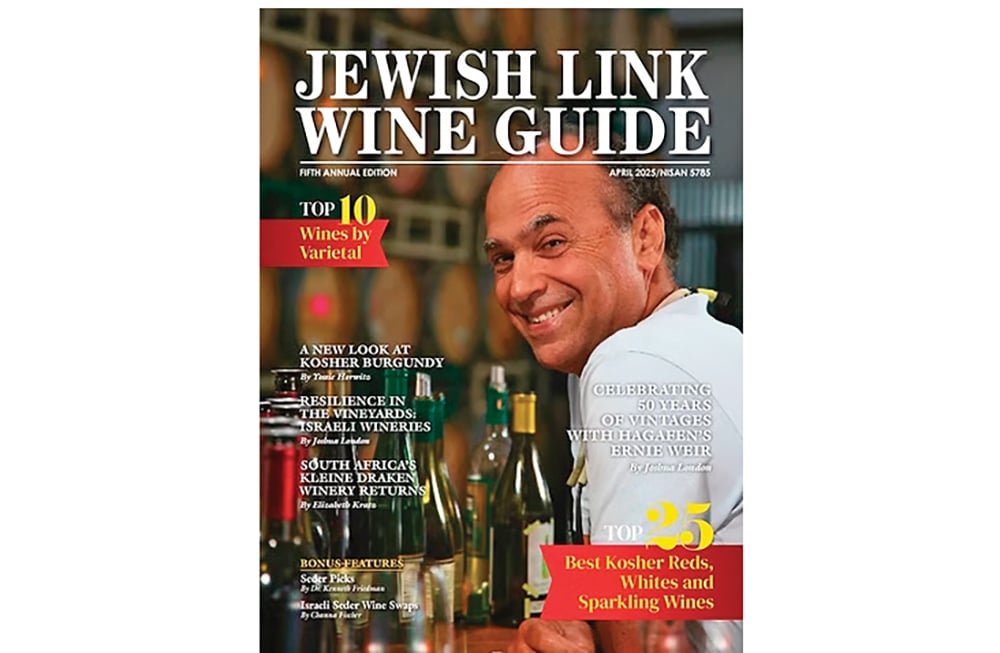Rav Daniel Movshovitz, HY”D, was the menahel of the Talmud Torah of Kelm. He was an embodiment of mussar, refinement, greatness in Torah, faith, straightforward yashrus and nobility in midos—a portrait of sheleimus. He was a son-in-law of Rav Nochum Zev Ziv, scion of the glory of Kelm. When Rav Simcha Zissel Broide, zt”l, the Chevron rosh yeshiva, shared memories of Rav Movshovitz, he sighed, “His face shined bright … There was a unique kind of clarity and exalted feeling in his discourses that lifted us up and transported listeners to a different world.”
Rav Elchonon Wasserman, HY”D, always made a point of spending the Yomim Noraim in Kelm, leaving his own yeshivah to daven in what he felt to be the headquarters of tefillah in all of Europe. Beyond the exalted tefillah and the intensive, high level study of Torah, one emphasis of the particular derech avodah of Kelm was being nosei be’ol im chaveiro—“sharing the burden and suffering of a fellow Jew.”
Rav Movshovitz was fahrhering a potential talmid interested in joining the Talmud Torah in Kelm. When testing his abilities in learning, he asked the young man which midah, or character trait, he sought to develop and refine. “I am striving to become someone who is ‘nosei be’ol im chaveiro.’” Rav Movshovitz smiled, responding with a humble smile, “You are way ahead of me … I envy you! I’m still trying to make myself aware that there is a ‘chaveiro,’ someone other than myself with a burden that I must share!”
~
Rav Efraim Oshry, zt”l, the heroic posek and leader who chronicled annihilation of Lithuanian Jewry, was a master of mesirus nefesh and devotion to Torah in the worst of times. In his book of responsa, “Mima’amakim,” concludes his essay on the destruction of Kelm with the lament, “Kelm, Kelm! Where is the poet that can portray the beauty of your life? Who is qualified to sing the song of the purity of your death?”
In June 1941, Nazi forces entered Kelm and together with their willing collaborators, decimated the city. Rav Movshovitz was martyred with his family, students and community, and buried in a mass grave in the fields of the Grozhebiski farm. Rav Movshovitz’s esteemed brother-in-law, Rav Eliyahu Eliezer Dessler shares a heart-wrenching account and reflection on, “The Martyrdom of the Kelm Yeshiva,” in Sefer Michtav Me’Eliyahu: “HaKadosh Baruch Hu had a corner in His world … where people went about life unobtrusively together with Hashem; a small town called ‘Kelm’ … a holy and awe-inspiring place, whose each and every corner radiated with the splendor of the light of truth. Those who knew, always said, ‘This holy house will stand forever, until the Redeemer arrives,’… but this did not happen. Once the fearsome decree of destruction had been made, it did not endure… Even the Beis Hamikdash itself didn’t continue standing, so how could a Mikdash in the Diaspora remain intact?”
Yet, the destruction of this house was unlike the destruction of all the rest. Not all demises are the same … The deaths of men of truth are different. The whole idea of destruction has no relevance to them. Their outer covering falls away, but their inner content continues to live and endure, since it is “a portion of Hashem above.” The very outermost layer … drops away, but whatever was imbued with holiness, ascends Heavenward; it is no longer a raiment because there is holiness in it. It was—and it remains—holy and eternal.
~
Years before the outbreak of the war, Rav Movshovitz composed a letter sharing words of tanchumin (consolation), to his brother-in-law, Rav Dessler, upon the passing of his father, Rav Reuven Dov, zt”l: “Perhaps, we can explain the (traditional words of consolation used in nichum aveilim) בתוך שאר אבלי ציון וירושלים— ‘among the mourners of Tzion and Yerushalayim,’ according to the words of Tehillim: שיר המעלות בשוב ה׳ את שיבת ציון היינו כחולמים—‘A song of ascents: When Hashem returns the captives of Zion, we will be like dreamers … ’ This means that the yeshua (salvation) and nechama (comfort) should be so great that there will be no more memory of the troubles; they will be like a bad dream, a fleeting nightmare.”
“And more so: it will be revealed that the troubles, themselves, were an essential reason for the salvation. As we say in the Amidah, מלך ממית ומחיה ומצמיח ישועה—‘the King who brings death and restores life, and causes salvation to spring forth.’ Hashem is the One Who both brings death and restores life, so that the yeshua can spring forth from within the pain and suffering itself. This means that the comfort of Tzion and Yerushalayim … is that there will be a true and complete nechama for all who are brokenhearted, because all will be redeemed; all loss will be restored, and everything will be returned to a state of wholeness…”
~
“Nachamu, nachamu ami …” Being among ami—our people, and knowing that we are not alone, is the deepest consolation. May we be among those who let others know that they are not alone, and may we lift and carry one another’s burdens … and set them down before the One Who restores life.
Rav Judah Mischel is executive director of Camp HASC, the Hebrew Academy for Special Children. He is the mashpiah of OU-NCSY, founder of Tzama Nafshi and the author of “Baderech: Along the Path of Teshuva.” Rav Judah lives in Ramat Beit Shemesh with his wife Ora and their family.











